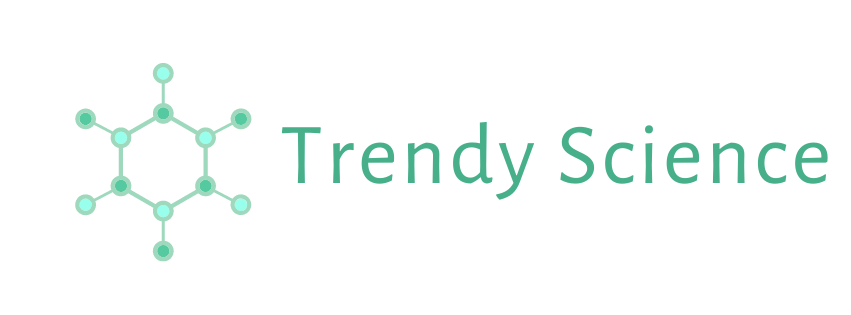Are you a science teacher or student struggling to make the subject interesting and accessible to all students? Science education is often perceived as a daunting and inaccessible subject, but it doesn't have to be. Breaking down barriers and making science accessible to all students is vital for creating a generation of scientists and critical thinkers. In this article, we will explore effective strategies for making science education more accessible, engaging, and inclusive.
Introduction
Science is a crucial subject that helps students understand the world around them. However, it can be challenging for many students to grasp complex concepts and theories. As a result, many students develop a fear of science, which leads to a lack of interest in the subject. This is especially true for underrepresented groups such as students from low-income families, students of color, and students with disabilities. To address this issue, we need to break down barriers and make science education accessible to all students.
The Importance of Breaking Down Barriers
Science is not just a subject but a way of thinking. It teaches students to think critically, ask questions, and solve problems. Unfortunately, many students are denied the opportunity to learn science because of various barriers such as socio-economic status, cultural beliefs, and disabilities. Breaking down these barriers is essential for creating a diverse and inclusive scientific community that can tackle the world's most pressing problems.
Strategies for Making Science Accessible
There are several strategies that science educators can use to make science education more accessible and engaging. Here are some effective strategies:
1. Use Real-World Examples
Using real-world examples helps students connect the concepts they learn in class with their everyday lives. For example, using the concept of photosynthesis to explain why plants are essential for the environment can help students see the relevance of science to their lives. Additionally, incorporating local examples can help students see the importance of science in their community.
2. Use Hands-on Activities
Hands-on activities help students engage with science by allowing them to see the concepts in action. Activities such as experiments, simulations, and field trips can help students visualize complex concepts and develop a deeper understanding of science. Moreover, hands-on activities help students with different learning styles, including those who struggle with traditional classroom learning.
3. Use Technology
Technology has transformed the way we teach and learn science. Using technology such as virtual reality, simulations, and interactive apps can help students learn science in an engaging and interactive way. Moreover, technology can be used to create a more inclusive learning environment by providing accommodations for students with disabilities.
4. Encourage Collaboration
Collaboration is essential for creating an inclusive learning environment. Encouraging students to work in groups or pairs can help them learn from each other, develop social skills, and build confidence. Moreover, collaboration can help students see the diversity of perspectives and ideas that exist in science.
5. Use Culturally Responsive Teaching
Culturally responsive teaching is an approach that recognizes and values the diversity of students' cultures, languages, and experiences. Using this approach in science education can help students feel valued, respected, and engaged. Moreover, culturally responsive teaching can help bridge the cultural gap between science and students from diverse backgrounds.
Breaking Down Barriers: How to Make Science Accessible to All Students
Breaking down barriers in science education requires a concerted effort from teachers, administrators, policymakers, and the wider community. Here are some ways to make science education accessible to all students:
1. Provide Accessible Learning Materials
Providing accessible learning materials is essential for students with disabilities. Teachers should ensure that materials such as textbooks, videos, and online resources are accessible easily to every student.
2. Provide Professional Development for Teachers
Professional development for teachers is crucial for ensuring that they have the necessary skills and knowledge to make science education accessible to all students. Teachers should be trained in culturally responsive teaching, inclusive teaching practices, and the use of technology to support student learning. Moreover, professional development should include training on how to create accessible learning materials for students with disabilities.
3. Foster Inclusive Learning Environments
Creating inclusive learning environments is essential for ensuring that all students feel valued, respected, and engaged in science education. Schools and universities should provide resources and support for students from diverse backgrounds, including students with disabilities. Additionally, schools should foster a culture of inclusion by celebrating diversity, promoting equity, and recognizing the unique strengths and contributions of all students.
4. Advocate for Science Education
Advocating for science education is essential for ensuring that policymakers and the wider community recognize the importance of science education and its impact on society. Science educators should advocate for increased funding for science education, equitable access to resources and opportunities, and policies that promote diversity and inclusion in science.
Conclusion
Science education is critical for creating a generation of scientists and critical thinkers who can tackle the world's most pressing problems. However, many students face barriers to accessing science education, including socio-economic status, cultural beliefs, and disabilities. Breaking down these barriers requires a concerted effort from teachers, administrators, policymakers, and the wider community. By using effective strategies, fostering inclusive learning environments, and advocating for science education, we can make science accessible to all students.

